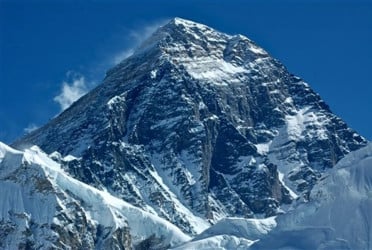A surge in earthquake activity beneath Mount Spurr, located about 80 miles northwest of Anchorage, is drawing heightened attention from geologists. The volcano, which last erupted in 1992, sent an ash plume nearly 12 miles high, disrupting air travel and forcing residents to wear masks. The Alaska Volcano Observatory has raised concerns that another eruption from the 11,100-foot stratovolcano could pose a serious threat to the city, with potential widespread impacts, report AP, and UNB.
In October, the observatory elevated Mount Spurr’s alert level from green to yellow after noticing a marked rise in seismic activity and ground deformation detected through satellite imagery. According to observatory scientist David Fee, around 1,500 minor earthquakes have been recorded beneath the volcano this year, compared to an annual average of about 100.
While this uptick is notable, Fee emphasized that it is "not an enormous amount" and does not necessarily point to an imminent eruption. Similar activity occurred between 2004 and 2006 but eventually subsided without an eruption.
“We haven’t observed any major changes in our data suggesting an eruption is near,” Fee said. “This has been a period of low-level unrest, but we’re closely monitoring for any developments.”
Scientists are using seismic instruments, satellite data, and webcam feeds to detect signs of an impending eruption, such as increased earthquakes, surface deformation, the formation of a summit lake, or fumaroles—gas and vapor-emitting vents.
Mount Spurr’s last eruption in 1992 originated from the Crater Peak vent, located about 2 miles (3 kilometers) south of the summit. That event deposited roughly a quarter-inch of ash in Anchorage, forcing residents indoors or to wear masks. The ash cloud drifted as far as Greenland. A similar eruption occurred in 1953, while the summit’s last known eruption dates back over 5,000 years.
Volcanic ash, made up of sharp, angular particles, can cause jet engines to fail, leading to airport closures, as seen during the 1992 eruption of Mount Spurr. Such disruptions have a particularly significant impact in Alaska, where air travel is vital due to limited road access. Today, Anchorage’s airport serves as a major global cargo hub, ranking among the busiest worldwide, alongside Memphis, Hong Kong, and Shanghai, thanks to Alaska’s strategic location near Asia.
Mount Spurr, part of the Pacific "Ring of Fire," is one of 53 active Alaskan volcanoes, all of which have erupted within the past 250 years.
Bd-pratidin English/ Jisan


































































